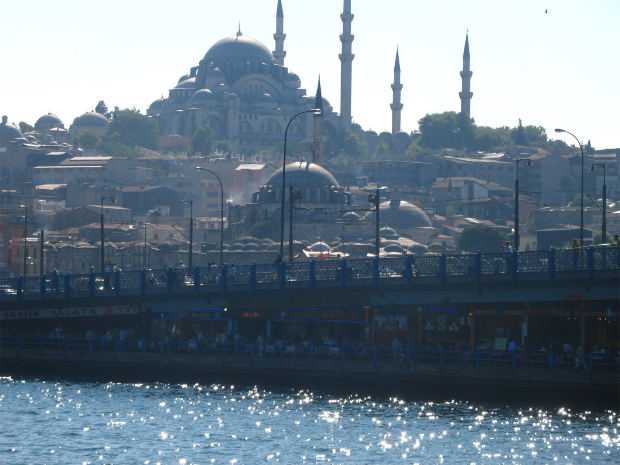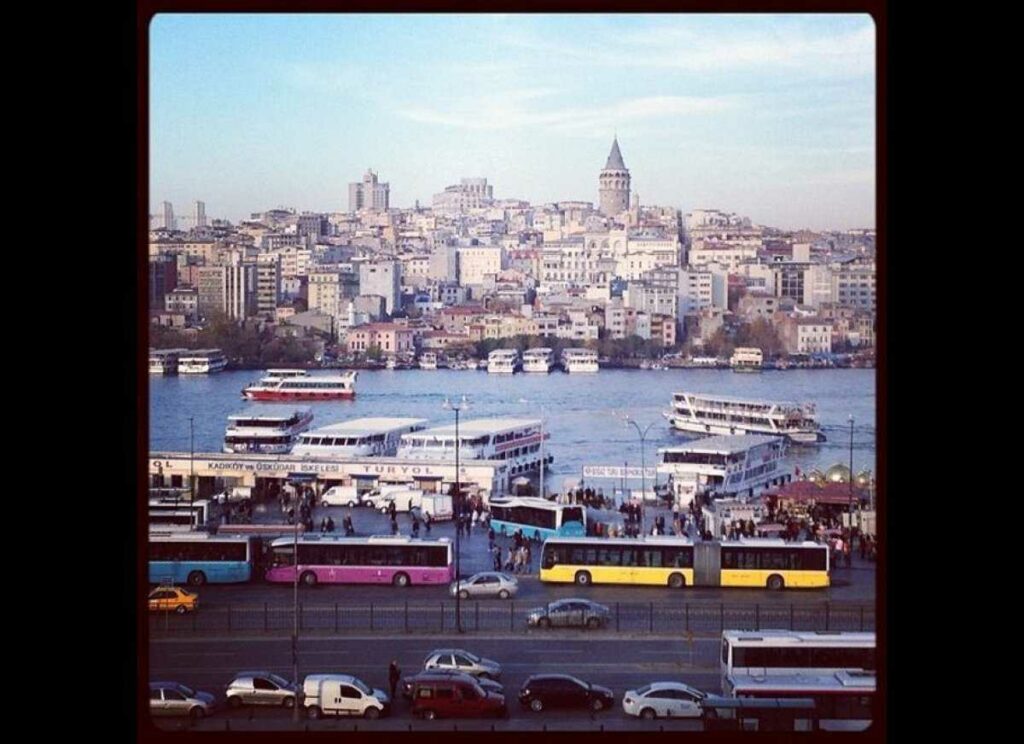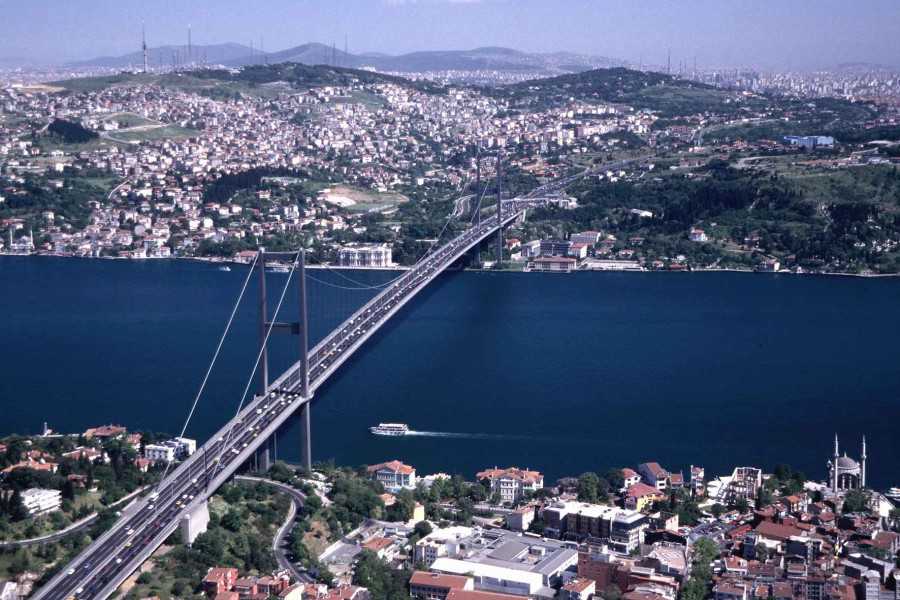There’s nothing like a little truth-telling to set the pot aflame.
For nearly a decade, now, I have watched, written about, and circulated within the art scene in Istanbul. For nearly a decade, I have been convinced of its potential. I have praised Turkish artists, bought work by Turkish artists, befriended Turkish artists, collectors, and dealers. I have written for Turkish museums, for Turkish artists, for Turkish collectors. I have attended art fairs, openings, and auctions.
But my last post — in which I pointed to the paucity of international art in Istanbul, and reported on the frustrations voiced to me by Turkish artists, dealers, and collectors, over the lack of access to works by non-Turkish artists in Istanbul — clearly rankled nerves. And I have to wonder why.
Among the accusations have been that I was “patronizing” – even when the words I quoted were not my own,but those of Turkish artists, dealers and collectors; and when I, for my own part, have for years championed the art produced in Turkey and the passion of its collectors, art lovers, and dealers. Others claim, clearly having not done an iota of research, that I somehow do not know the Turkish art market, even as I have been immersed in it longer than a good half of Istanbul’s galleries have even existed.
“You write as if Turkey were a third-world country,” one art market power broker said to me. I disagree. But Turkey’s art scene is comparatively new; modern and contemporary art galleries did not exist 50 years ago – the first opened in 1975. And so it is still developing. For the moment it is essentially a local market, with, as I wrote, its own aesthetics, its own rules. There is nothing wrong with this, of course; Sweden, Denmark, indeed, all of Scandinavia are localized as well (and yes, there are major international artists in the museums there). But they don’t position themselves as the next center of the global art world. Istanbul does.
And it shouldn’t require too much explaining to understand that to be the center of the international art scene, you need to have an international art scene.
So let me set the record straight. I passionately believe in the potential Istanbul has to become what it claims to wish for. I deeply believe in the potential of many Turkish artists to succeed on a global scale. And I deeply would love to see those things happen.
But anyone who knows anything about what is happening in Turkey’s art circles also knows that for these wishes to be realized, the time for real action is now. Anyone who is part of Turkey’s art scene has been involved recently in discussions about just this: that the country’s ability to compete in the art market on an international level is going to require a serious reworking of its own market. And when artists repeatedly tell me that they want to see more international art, when students repeatedly report that they long to have works by international artists in their own museums; when dealers who exhibit American and European art tell me that the people who come to their exhibitions are enthralled – then I will report that, and I will hope, with all my heart, that those who care as deeply for Turkey’s future as a force in the international art world will listen; and that rather than criticize what they don’t want to hear, they will do something to make Istanbul’s art scene matter to the world as much as it matters to me — and, if they are telling the truth, for them.
via Let’s Talk About Istanbul | Cultural Affairs | ARTINFO.com.









